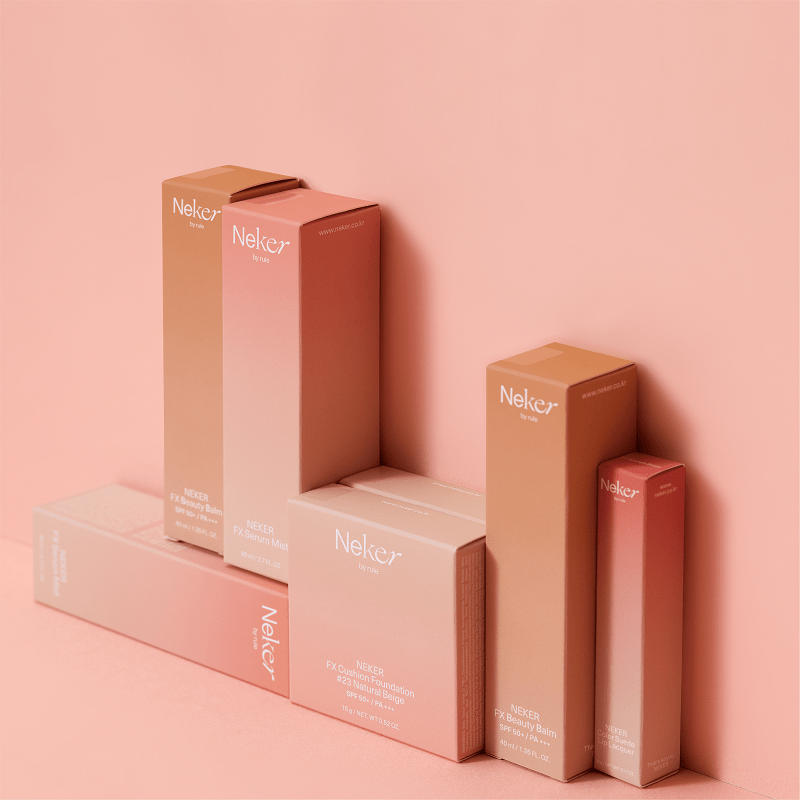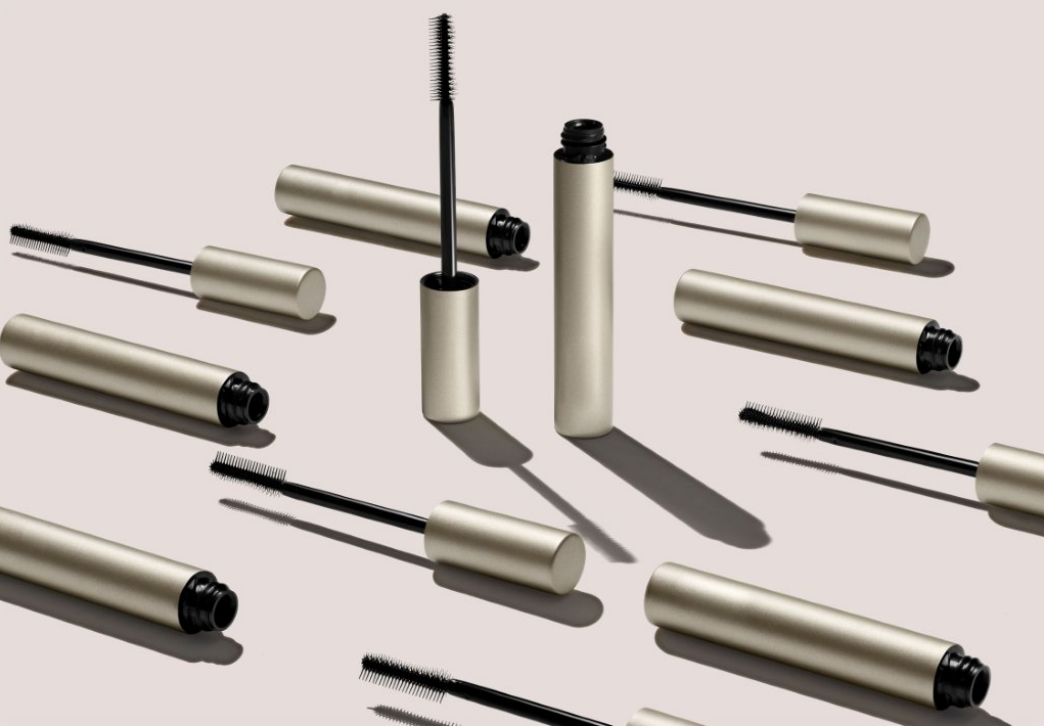Cosmetic containers and packaging are the first things that strike a chord with consumers. They make a huge difference when it comes to generating consumer trust. The effectiveness of cosmetic containers depends on their ability to be eye-catching, appealing, and easy to use. Therefore, brands consider a big portion of their budget to invest in quality packaging. The rise of cosmetics packaging costs was already a brewing concern across the beauty industry in the past 5 years. It is fueled by the raw materials and shipping regulations, as well as an ever-increasing demand and criticism putting plastic packaging in a polarised position. Then there was the onset of the COVID-19 global pandemic that has put undue strain on several aspects of the packaging business, exacerbating the costs. This article traces the current situations, common reasons for the rise in beauty packaging prices, and what brands can do to gain ground in the evolving markets.

Unprecedented Cost Surges in Cosmetics Packaging is Causing A Tremor Across The Beauty Industry
Cost surges of materials and services are part of every economy. And to some extent, most industries have an early plan to prepare for it and go with the flow. But this situation, where almost everything has become so very pricey almost overnight, has hurled a gruesome challenge for the beauty industry and something that most brands were not prepared for.
From 2020, the domestic plastic price in the market presented an upward trend with contracts priced around $0.285/lb gain in high-density polyethylene (HDPE). The first quarter of 2021 has seen a historic rise in the cost of plastic resins costing over $1.05/lb, or 77.25 cents per pound
From material costs, the printing of packaging to shipping and distribution, it’s certainly been a cash-flow nightmare. Some cost surges are temporary, some are not, which forces brands to heightened uncertainty. Would they risk market shares by raising their prices or wait for the costs to become normal again, by compromising their margin? The decisions are hard and confusing!

Common Reasons for The Rise of Cosmetics Packaging Costs
Vendors are changing, which is triggering paradigm adjustments across the industrial chain. So what is causing this unprecedented ripple across the beauty industry? Below are some of the core reasons.
● Regulations on Raw Materials Imposed by the EPA
So what are the raw materials of cosmetic plastic containers? In the cosmetic industry, the commonly used plastic materials include
- ABS (acrylonitrile – styrene – butadiene copolymer)
- PC (polycarbonate)
- PP (polypropylene)
These variations of plastics are primarily used to manufacture bottles, caps, lipstick tube shells, and many such components. On the one hand, raw material prices are affected by state environmental protection policies. These acts and priorities have called up for more sophisticated production methods that address environmental standards. The availability and supply of many raw materials, radically, impacting the cost.
● The Hour of the Green Mountain
In order to achieve the goal of ‘green mountains are gold mountains’, chemical enterprises began cleaning up sprees. Some chemical companies have been forced to limit production. Under the influence of stop production and limited production. For the same reason, many raw materials were in short supply, and the price naturally went up.
● Imports of Silicone
Influenced by the foreign outbreaks, such as organic silicone, most of the domestic cosmetics are imported silicone, which is heavily dependent on the United States, Japan, and other country’s imports. And imports always cost more.
● COVID-19 Disruptions
Chinese production is complementary, but not completely faded. However, due to the outbreak of the COVID-19 and the foreign raw materials production have not recovered. Moreover, due to this pandemic, there have been extensive supply-chain disruptions caused by lockdowns, the hoarding behavior of consumers driving the demand for products and so many unusual patterns in the chains.
How Cosmetic Industries Can Cope With The Rising Cost of Packaging?
This is high time for brands to act up and surf through the testing lest they drown in it. The solutions cannot be straightforward and one needs a strategic plan to course through the testing times. Going back is not an option since most of the cost surgest are permanent, but with a patient and streamlined approach, cosmetic brands can pick up their profit margin steadily. Below are some of the decisions that can make that happen.
Adapt with the New Normal by Leveraging Technology
Leverage digitization technology! Learn how by combining technology and packaging you can save a good amount of revenue on operations.
The economic ripple generated by COVID-19 has adversely impacted manufacturers and logistics, and the ramifications of the disturbance in normal consumer flux for the supply chain continue to this day. By dealing with manufacturers that use integrated technologies such as RFID or advanced codification systems for package labeling etc. they can offer quality services at a competitive cost that can still keep the client’s feet on the ground. With this, firms can maintain tight control over their inventory and product traceability, avoiding a slew of costly issues.
Identify The Difference Between Poor Packaging Choices and the Good Options
Not all plastics are bad! There are various types and grades of it that have a different quotient of “environmental impact” and how it is practically interpreted. Plastic remains the cheapest solution for cost-efficient cosmetics packaging and brands need to identify the variations of quality. PP (polypropylene), due to its non-toxic, odorless, food-safe, strong chemical stability is extremely environmental protection, in cosmetics is more widely used, such as vacuum bottles, plastic pumps and so on, PC (polycarbonate) is used in water cream bottles, while PVC (polyvinyl chloride) is used in PVC containers, namely cosmetics bottles, as well as in the packaging of refined oils.